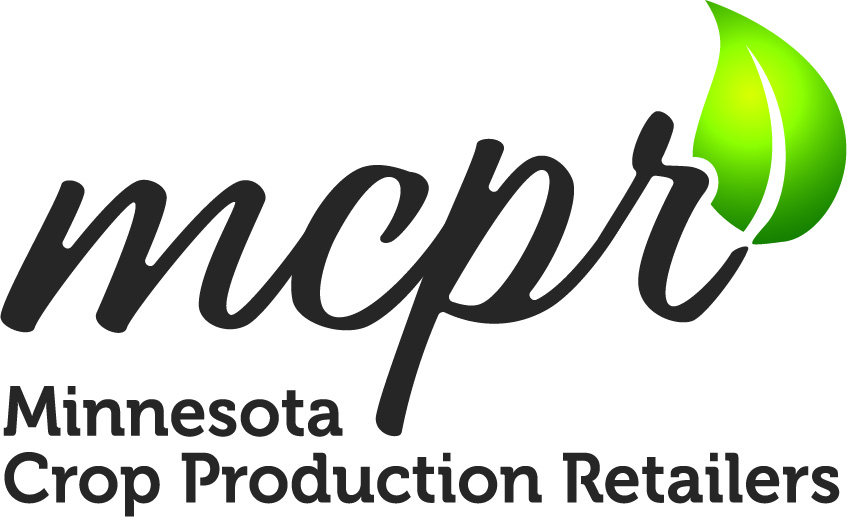Implement BMPs to Tackle High Acetechlor Detections in Surface Waters
Acetochlor is a widely used preemergent herbicide in Minnesota for controlling weeds in corn, soybeans and sugarbeets. The herbicide acetochlor, found in products like Tripleflex, SureStart, Resicore, Warrant, and Harness, has recently been detected at or above the State’s chronic water quality standard (≈ 3.6 ppb) in many rivers and streams in Southern Minnesota. The elevated acetochlor levels mainly occur in May and June, often coinciding with pre-planting or pre-crop emergence applications and a corresponding rain event that generates surface runoff. High levels of acetochlor are concerning because they can be harmful for aquatic organisms, including aquatic plants. The Minnesota Department of Agriculture acknowledges the importance of acetochlor for farming and recommends following Best Management Practices (BMPs) to protect water quality while ensuring the herbicide remains available for future use. Recommended BMPs farmers could utilize will be discussed.
Speaker: Naworaj Acharya, Minnesota Department of Agriculture
Biography: Naworaj Acharya is a research scientist with the Pesticide and Fertilizer Management Division at the Minnesota Department of Agriculture (MDA). He holds a PhD in Entomology from Penn State University, with a specialization in biopesticides and Integrated Pest Management (IPM). Throughout his career, Naworaj has worked in various capacities across nonprofits, academia, the United Nations, and private industry. His roles have centered on research, development, extension/outreach, registration, and regulation of chemical and biological pesticide and herbicide-tolerant field crops, including designing, and overseeing IPM research and extension programs. Prior to joining the MDA, Naworaj led research at Monsanto/Bayer Crop Science, where he focused on pesticides and IPM strategies for both herbicide-tolerant and conventional field crops.
